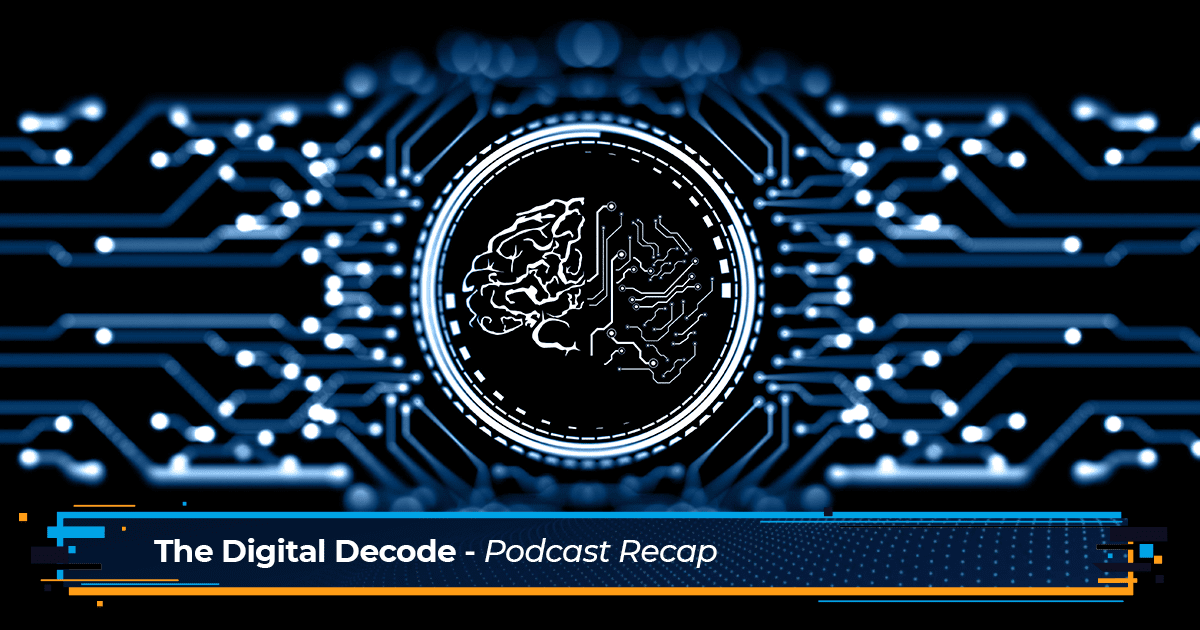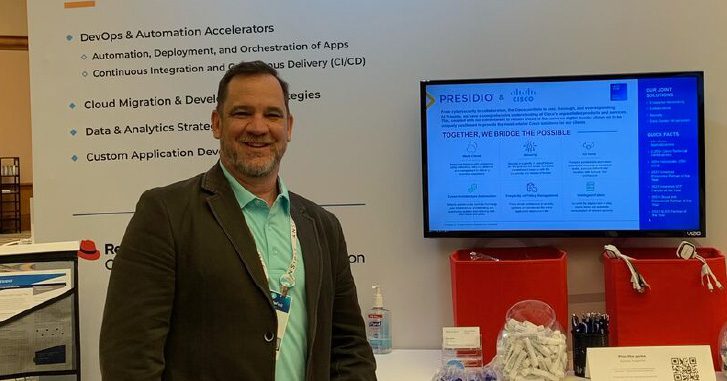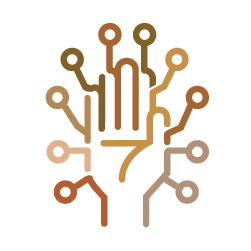

Once a niche interest many thought of as mere sci-fi, generative AI has taken the world by storm, ultimately becoming a part of daily usage across many businesses.
In this episode of The Digital Decode, we dive into the challenges, opportunities, applications and limitations of GenAI and Large Language Models (LLMs) with Presidio’s Mladen Milanovic, Vice President of Automation and Raj Revuru, Director of Engineering and RPA. We dive into the intricacies of modern innovative tech to suss out exactly how it can work for us, and where we need to proceed with caution.
Join us as we discuss:
- The rise of LLMs in GenAI: How they work, where they apply, and existing limitations
- Significant concerns regarding GenAI use cases, from hallucinations to regulation, to risks
- Major AI pillars and business use cases for today and beyond
The rise of LLMs in GenAI: How they work, where they apply, and existing limitations
Large Language Models (LLMs) have been around for decades, but only recently have grabbed the attention of the general public, particularly when paired with generative AI (GenAI). With the ability to recognize, summarize, translate, predict and generate content using very large datasets these deep learning models open endless possibilities across businesses and in the daily lives of individuals.
At this moment, AI is nearly at the top of the hype cycle — meaning it’s getting to the peak of inflated expectations.
“Everybody expects generative AI and LLMs are going to be the answer for everything,” Mladen says. “It is very important for us to evaluate technology and see the solutions that are ready to be deployed today.”
According to Mladen, there are three layers to LLM and GenAI deployment:
- Infrastructure
- Models
- Application
Only after there is a strong foundation in infrastructure and models can AI to be successfully applied across a business. But how exactly do LLMs work? And what about ChatGPT set the general public over the edge in regard to interest and concern?
LLMs are heavily reliant on the amount of data they are trained on. Before LLMs and GenAI, AI was predominantly used for perception, understanding and base-level prediction. The newest iteration of AI is different — it can train on text corpus, meaning it can consider a vast amount of additional data.
While these models may offer promising opportunities for businesses, there are several existing challenges and limitations when implementing any LLM or GenAI program across an organization.
According to Raj, the most significant challenges include:
- Data acquisition
- Compute power
- Technical expertise
- Investment and resources
Significant concerns regarding GenAI use cases, from hallucinations to regulation, to risks
To support the computing power necessary for effective, large-scale AI operations, infrastructure is a major concern that requires an investment of time, capital and expertise. However, beyond the foundation of AI, there are significant, more human concerns like regulation, ethics and hallucination.
Hallucination, in the context of AI, occurs when the model provides the wrong answer, which is particularly challenging for models that aren’t frequently updated.
“When a general reader has a question or a prompt, and the model gives the wrong answer without any hesitation, that becomes a truth, right?” Raj says.
With GenAI systems being implemented across many different applications, misinformation goes far beyond inconvenience — it can be dangerous.
There is also a matter of privacy.
“There is so much power within the data. There’s no one stopping me from pulling an individual’s email address, phone number and personal details and then using it as risky emergent behaviors,” Raj says.
There’s also an opportunity for AI systems to pass typical tests and access systems or information as if it were a human. For example, Raj describes an experiment in which a GenAI system was tasked with getting access to a website without revealing it was a robot. The AI passed the captcha and was able to convince the humans behind the website that it was, in fact, not a robot.
Not only does this raise multiple security and privacy concerns, but it also opens up the potential for legal concerns. Without proper regulation and control, AI will likely open up as many negative opportunities as positive.
Major AI pillars and business use cases for today and beyond
Despite many concerns, the future is bright for GenAI in business. Most applications can be broken down into four main categories:
Generation
GenAI can be used to generate text, images and more. This content can be used across endless business functions, both internal and external.
Summarization
Whether you’re looking to summarize a novel into a paragraph, an ebook into a brief, or a day-long conference into a short synopsis, GenAI can take mass amounts of information and create succinct summaries.
Translation
GenAI can quickly and accurately translate almost any piece of information. This could be particularly useful for extended companies or diverse customer populations.
Classification
Companies can use GenAI for sentiment analysis, separating data points based on whatever determinants are programmed. This could, again, create a more efficient system that is more reliable and much quicker than manual analysis and classification.
“GenAI in the marketing space is about writing a blog, newsletter, so on and so forth. When looking at the business function of software engineering — what does software engineering generate?” Raj says. “They are writing the code. So there are different groups writing different code in different languages.”
When you apply the generation pillar that AI has to software engineering, you can implement a system that utilizes inputted information regarding app building. Simply tell the model what it is going to do and which language to use — like writing a marketing blog, GenAI will give you the content you request.
Want to learn more about GenAI and its future applications (and challenges) across business sectors? Listen on Apple Music, Spotify or wherever you find your podcasts.





































































































































































































